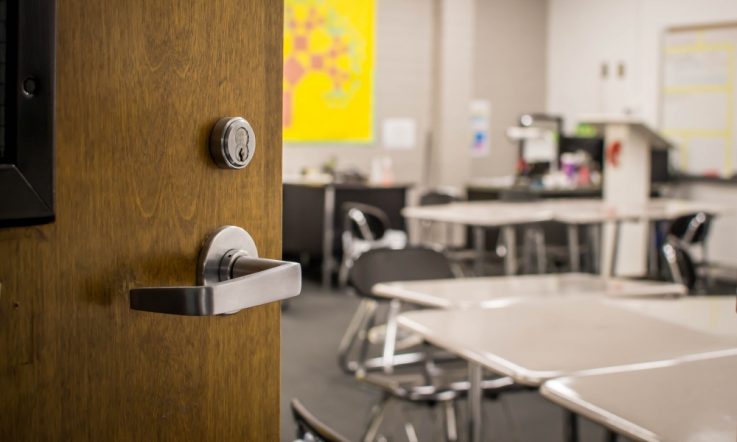In their new book Creating Trauma-Informed, Strengths-Based Classrooms, Dr Tom Brunzell and Dr Jacolyn Norrish share what they’ve learned about working with students who present unmet learning needs in the classroom, including research, theory and lots of practical tools and strategies for educators to use and adapt to their own context.
This exclusive extract for Teacher readers discusses the balance between bottom-up and top-down approaches to student regulation and is taken from the chapter ‘Moving Forward’.
A developmental journey
What we observed in the teacher’s work with Jalen, and what we aspire for teachers to achieve, is a flexible and nuanced balance between bottom-up and top-down regulation. Often, teachers start with a top-down approach—providing directions, offering choices, or asking students to explain their actions. When students are well regulated and in their thinking brain, a top-down approach works for most. However, developmentally we need to shift this mindset so that teachers are mindful of both bottom-up and top-down strategies being in place for some students.
We see bottom-up regulation as Body. When students are demonstrating complex behaviors in the classroom, we want teachers to consider whether they have unmet needs in their stress response systems. We want teachers to hone their skills in detecting early changes in students’ behavior, emotions, and physiological states that indicate they may be on a trajectory towards hyper- or hypo-arousal. When students show signs of dysregulation, teachers can ask themselves several questions: What does this child need right now to regulate their body? How can I support this student to understand their stress response?
How can I integrate mindfulness and breathing strategies and help the student to de-escalate? How can I provide calming environments, and the routines, rituals, and rhythms that widen students’ window of tolerance and help them to be present, centered, and ready to learn?
We also see bottom-up regulation as Relationship. We continually remind ourselves that strong student-teacher relationships are coregulatory (Schore & Schore, 2007). When teachers keep their voices calm and their non-verbal cues soothing, they help students come back to within their window of tolerance (Siegel, 2020). In moments of dysregulation, teachers have an opportunity to serve as a safe haven for students and send neuroceptive messages of warmth and safety (Porges, 2004). Teachers can communicate unconditional positive regard through the pathways of separating students from their behavior, maintaining a vision for the child’s wholeness, and remembering the developmental gates students may have missed.
When all these conditions are in play, we encourage teachers to address and intentionally call students out with love in their voice. When teachers use the pathways to unconditional positive regard, they send the message ‘I will be there for you, accept you, and support you, even in the difficult moments.’
KEY IDEA: Teachers support students through bottom-up regulatory strategies that focus on the body and co-regulating students through nurturing relational interactions.
Creating Trauma-informed Strengths Based Classrooms, by Dr Tom Brunzell and Dr Jacolyn Norrish, is published by Hachette/Jessica Kingsley Publishers and available now via the link.
References
Porges, S. W. (2004). Neuroception: A subconscious system for detecting threats and safety. Zero to Three, 24(5), 19-24.
Schore, J. R., & Schore, A. N. (2008). Modern attachment theory: The central role of affect regulation in development and treatment. Clinical Social Work Journal, 36(1), 9-20. https://doi.org/10.1007/s10615-007-0111-7
Siegel, D. J. (2020). The Developing Mind: How Relationships and the Brain Interact to Shape Who We Are (Third Edition). The Guilford Press.
Thinking about your own classroom context: Is it a calming environment for students? What routines, rituals and rhythms have you (or could you) introduce to assist with this? The next time a student shows signs of dysregulation, what strategies will you implement to help them de-escalate?



